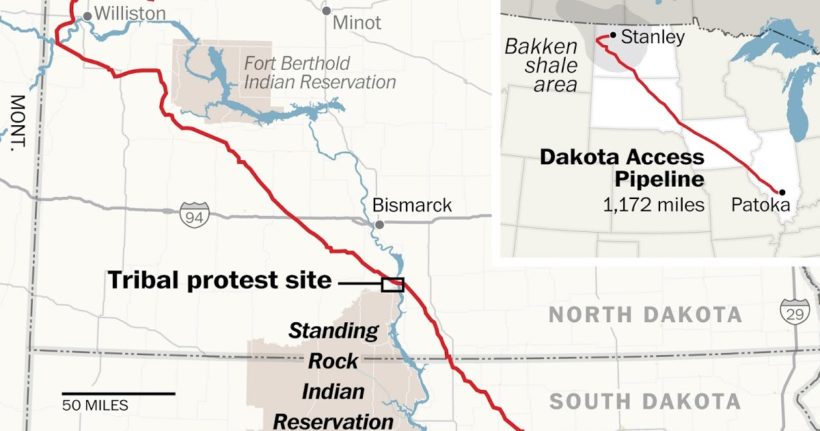

The domain where the account will be used. If this parameter is enabled in the connection component in the PVWA, the PVWA user can decide whether or not to configure this parameter in the RDP connection. Whether or not users will be allowed to redirect their Smart Card so that the certificate stored on the end user's card can be accessed on the target. If this parameter is enabled for the connection component in the PVWA, the PVWA user can decide whether or note to configure this parameter in the RDP connection. Whether or not users will be allowed to redirect their local hard drives to the remote server. If your RDP client is configured to reconnect if a connection is dropped, when using Secure Native Access you will need to reconnect again if the connection is dropped.ĭepending on how the account connection is configured in the PVWA, you might need to add any of the following user or component parameters manually to the RDP launch details. If the SNI is not sent, then you will be prompted to choose the appropriate tenant, site, and application before proceeding to choose the account to connect to. If the remote desktop client supports SNI (Server Name Indication) and sends it when connecting to the target, you will be routed directly to the account selection page. Secure Native Access RDP connection from mobile devices is currently supported on Android.
NATIVE ACCESS HAS STOPPED WORKING MAC
Secure Native Access RDP connection from computers is supported on Windows and Mac machines. Secure Native Access is supported over ports 3389 or 443. Copy this as-is.Įnsures that if the server authentication fails, a connection will not be established.Ĭonnection to Secure Native Access requires using secure RDP.

The external URL of the Secure Native application which routes the users' session to the intended Remote Access connector.Ī unique, encrypted, username assigned to the Remote Access user, and used to identify them in the Secure Native Access flow.ĭetermines whether the client will use Credential Security Support Provider authentication, also known as NLA.įor Secure Native Access, set this to False.Ī unique encrypted value used by Remote Access to secure the Secure Native Access session. Include the following properties provided by the tenant: Open an RDP connection manager and configure a new RDP target Use a preconfigured RDP file, or manually configure your remote desktop connector to access the target application. On the Applications page, click in the application tile, and select Secure native RDP access. Set up a Secure Native Access RDP Connection Permission to use privilege accounts to connect to privilege targets

To access target machines through a direct RDP connection, you must have the following: Alternatively, you can pre-configure your connection with the relevant target account details for a specific application connection. This connection can be made from Windows, Mac, Unix/Linux end or mobile device workspaces.Īfter you initiate a connection from your RDP client, the CyberArk Mobile app allows you to authenticate and choose targets, triggering a secure session. The connection from the client machine is initially established using the RDP client, and provides connectivity to a wide range of systems (including Windows) and applications, without the need to open any RDPinbound connection to your datacenter.
NATIVE ACCESS HAS STOPPED WORKING FULL
Remote users and vendors can initiate privileged sessions directly from their desktop with RDP client applications, while benefiting from remote, VPN-less, password-less access.Įxternal vendors can access critical systems managed by CyberArk from their native workflows, with full session isolation, recording and monitoring that is required for robust security.Ĭompany employees, such as IT administrators, can benefit from the same native access that they are accustomed to, remotely from outside the network, without the need for VPN clients. This topic describes how remote vendors and IT administrators can access target machines through Remote Access, using a secure, direct RDP connection.


 0 kommentar(er)
0 kommentar(er)
